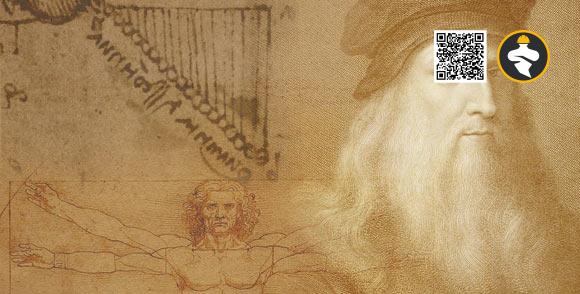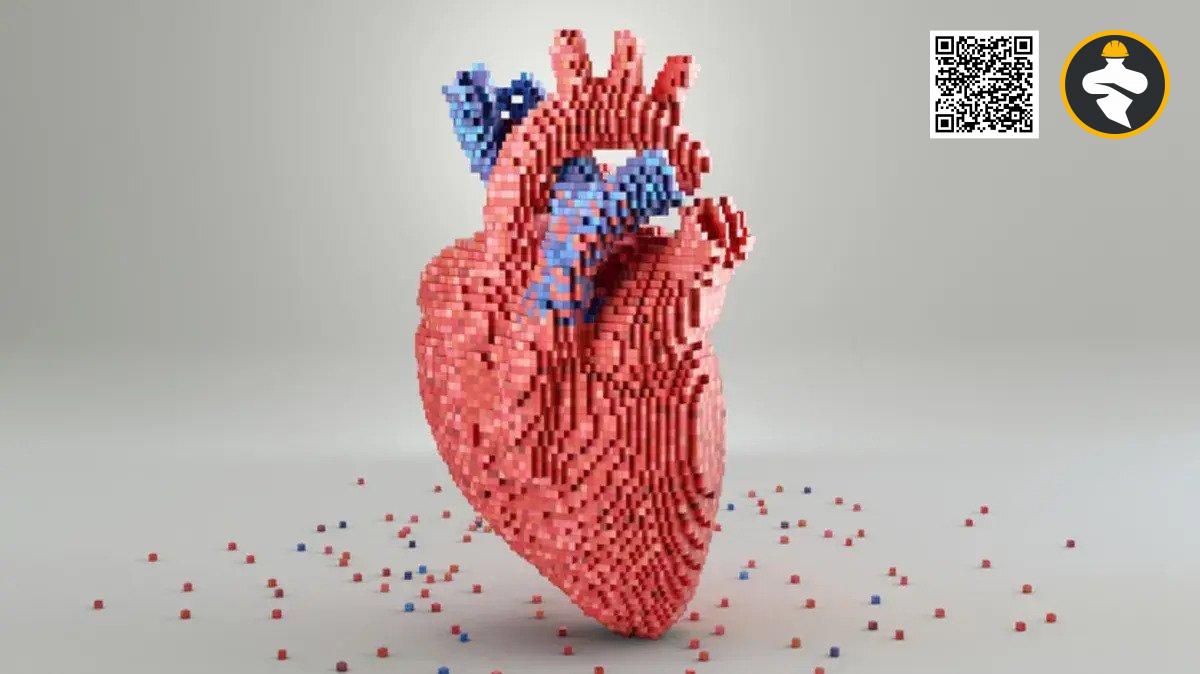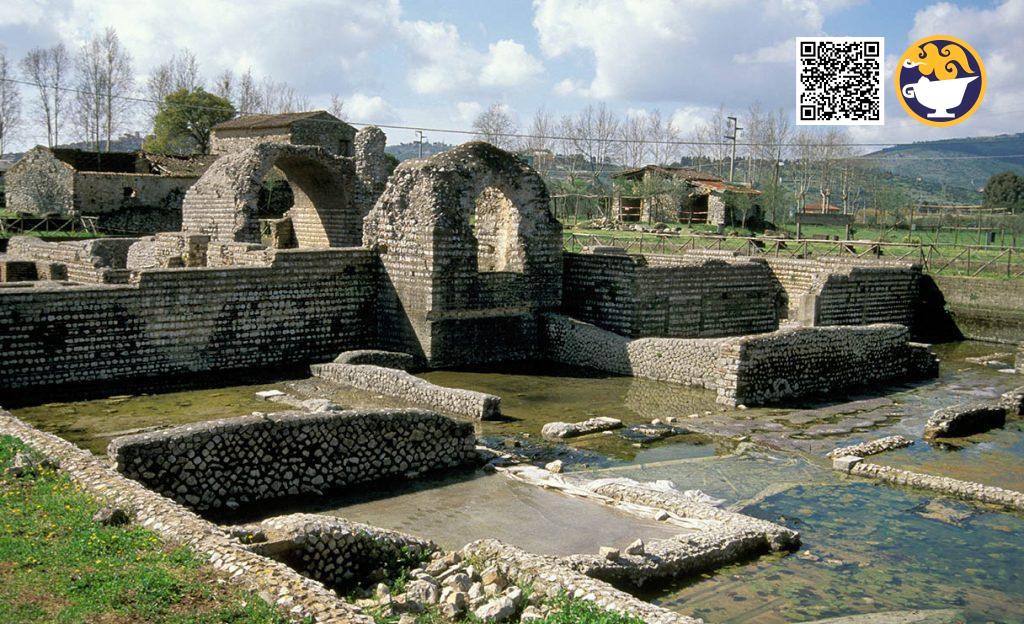Leonardo da Vinci demonstrated inventive problem-solving while having little tools. Da Vinci’s ideas on the subject of the acceleration of falling items were combined with physical investigations in a recent publication by Caltech Professor Mory Gharib and colleagues.
In investigating the idea of gravity, Leonardo da Vinci, who lived from 1452 to 1519, was far ahead of his time. Galileo Galilei didn’t postulate that a falling object’s distance was proportional to the square of the time it took to fall until 1604; Sir Isaac Newton didn’t build on that theory until the late 17th century to formulate a law of universal gravitation that explains how things are drawn to one another.
The main difficulty for Da Vinci was the limitations of the tools at his disposal. He didn’t have a way to precisely measure the amount of time that items dropped, for instance. Professor Gharib discovered his experiments for the first time in the Codex Arundel, a compilation of da Vinci’s writings on science, art, and personal subjects.
Early in 2017, Professor Gharib was researching da Vinci’s flow visualization techniques to discuss with students in a graduate seminar when he saw a series of illustrations in the Codex Arundel depicting triangles made by sand-like particles pouring out of a jar. “What got my attention was when he inscribed “Equatione di Moti” on the hypotenuse of an isosceles right triangle he had drawn. I felt curious to learn what Leonardo meant by that expression, said Professor Gharib.
In his writings, Leonardo da Vinci reported an experiment in which a water pitcher was dragged in a straight line parallel to the ground, letting out either water or a granular substance along the way (most likely sand). His notes demonstrate that he was aware that the water or sand would not descend at a steady speed but would instead accelerate. He also understood that the material would stop accelerating horizontally once the pitcher was removed and that its acceleration would only be due to gravity.
Since the line made by the falling material is vertical when the pitcher is moving at a constant speed, no triangle is formed. The line formed by the accumulation of falling material creates a straight but slanted line, which then forms a triangle if the pitcher accelerates at a steady velocity.
Professor Gharib first noticed that da Vinci had highlighted with the note “Equatione di Moti,” or “equalization (equivalence) of motions,” that the pitcher’s motion creates an equilateral triangle if it is accelerated at the same rate that gravity accelerates the falling material. Da Vinci sought to mathematically describe that acceleration. The authors of the study claim that this is where he fell short of their expectations.
Professor Gharib and co-authors ran their water vase experiment using computer modeling to investigate da Vinci’s method. This led to da Vinci’s error. Leonardo struggled with this, but he modeled it so that the distance traveled by the falling object was proportional to 2 to the t power — where t stands for time — rather than proportional to t squared, according to Dr. Chris Roh of Cornell University. “It’s incorrect, but we later discovered that he applied this particular incorrect equation in the right way.”
In his notes, da Vinci depicted an object falling for up to four time intervals, which is a range of time when the graphs of both sorts of equations closely coincide. Professor Gharib added, “We don’t know if da Vinci did further experiments or looked into this issue more thoroughly. Yet the fact that he was thinking about this issue in this way in the early 1500s shows how far ahead of his time he was thinking.
Reference: sci.news, Morteza Gharib et al. Leonardo da Vinci’s Visualization of Gravity as a Form of Acceleration. Leonardo, published online November 28, 2022; doi: 10.1162/leon_a_02322












